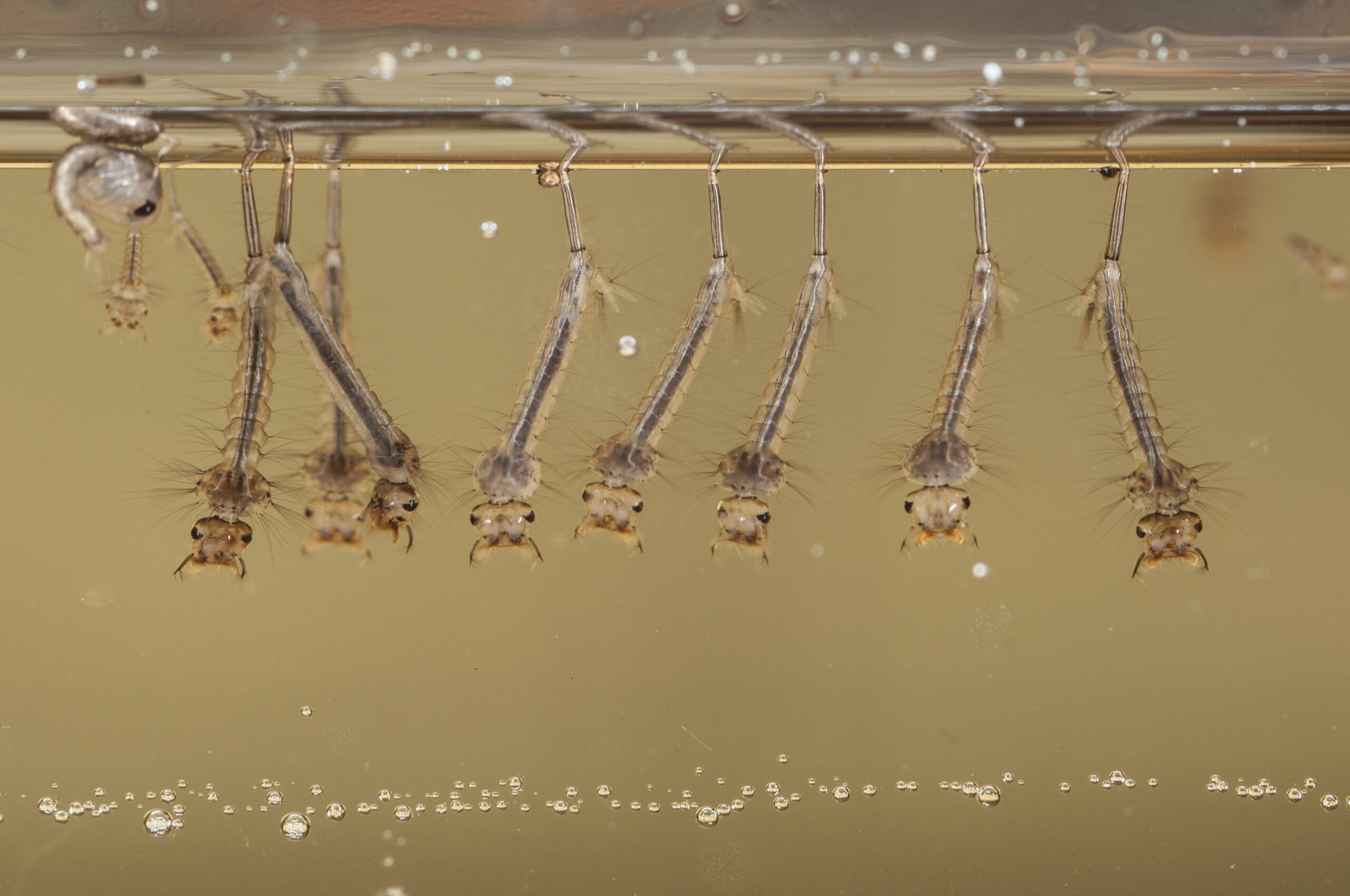mosquitoes
Insects from the family of mosquitoes belong to the order Diptera. They are distributed worldwide. Because their reproduction and development are tied to water, adults occur primarily in wetter areas or near standing water. Males and females have piercing and sucking mouthparts and feed on plant juices. For egg production, females additionally suck blood. Depending on the species, eggs are laid either directly on the water surface or in floodplains at potentially flooded areas. The eggs hatch into aquatic larvae, which filter plankton and organic matter from the water as food. After four larval stages, the larva pupates. It remains mobile in the water but no longer eats.

Female mosquitoes are potential vectors and can transmit pathogens under certain conditions. If pathogens are ingested from an infected host, they must be able to multiply in the mosquito and then enter the salivary glands to be transmitted in the next bite.
In our breeding, we keep sensitive strains of species
that is relevant as health pest:
Culex pipiens molestus (common house mosquito)
